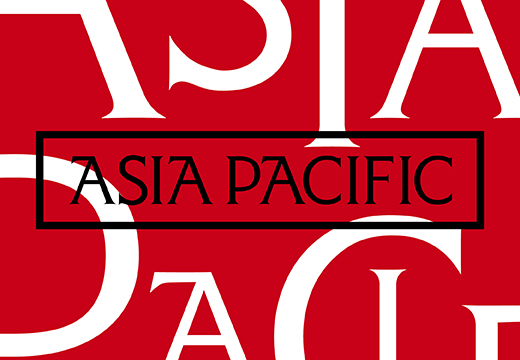Programme Director, Ark Galerie, Yogyakarta, Indonesia
You’ve been heavily involved with past editions of the Biennale Jogja in Yogyakarta. How does it fit into the international calendar of exhibitions and events?
I started to work on the Biennale around 2010, when I was one of the curators. Working on the event, I realised that the connections between Indonesia and other parts of the world are very limited – artists in Asia or Africa tend to work with organisations in Europe or America. The Jogja Biennale wanted to connect countries that are near the Equator, and to rebuild connections that existed in the past.
So for example, in 1955, Sukarno initiated a meeting of all the leaders in Asian and African countries – the Asian-African Conference at Bandung – which has been a big inspiration for us. We wanted to recreate that type of platform in the arts, to redefine the idea of internationalism and of what’s central and what’s peripheral.
You recently launched ‘Study on Art Practices’, an organisation to encourage research on Indonesian contemporary art. What do you hope it will achieve?
The general aim is to connect younger generations who want to write, or to research art, and discuss particular issues about it. You don’t really find that in an academic context in Indonesia: we don’t have university depart-ments for art history. Most writers currently publish their work on blogs or other online platforms; we want to publish in print too, and encourage young writers to write longer articles. We’re interested in many different phenomena, and how art plays roles in quite diverse areas, so it’s not only about art or art criticism: we’re inviting architects, urban planning experts, sociologists, and philosophers to contribute. It’s more like a cultural studies approach, but focusing on what’s happening in the art world.
What more is needed in terms of museum and gallery infrastructure in Indonesia to make the country a truly international cultural force?
There are many initiatives by private collectors, who are building their own museums, which is helping to create a culture of institutions in the Indonesian art world. But because we have a very particular history, the way we define museums or galleries has to be contextualised in the local situation. We can’t really import the notion of the museum from the West. We cannot build a Tate here – it doesn’t make sense. We need to develop our own definition of what a ‘museum’ is – and that’s more than constructing collections or a canon of Indonesian art. It means bringing the key agents together, as well as the wider public.
You’ve worked on projects in South Korea and Shanghai, and have held a research fellowship at the National Art Gallery in Singapore. Is internationalism more vital to curatorial work in Asia than in Europe or the US?
From my experience of working internationally in the art world for 10 years, I feel like a lot of similar histories are shared between countries in Asia, or Africa, or the Middle East. I do sometimes feel more comfortable discussing contemporary art with colleagues from Asia, because we have our own local context and there’s a common understanding. It can be difficult for colleagues from Europe and the US to understand what’s happening in Indonesia, with the gaps created by time and distance – but I’m open to all sorts of collaboration.
Which Indonesian artists should we look out for?
I work quite often with Tintin Wulia, an Indonesian artist based in Australia, and with Jompet Kuswidananto, Agung Kurniawan, and Melati Suryodarmo. They’re quite impor-tant now for how Indonesian art is represented in international circuits. But there’s also a younger generation, such as Irwan Ahmett and Tita Salina, who are doing projects all over the world. It helps a lot when Indonesian artists are recognised internationally, as they can help us to lobby the government or companies to support more art practices. At the moment, almost everything that happens in the Indonesian art world does so without government support.
Unlimited access from just $16 every 3 months
Subscribe to get unlimited and exclusive access to the top art stories, interviews and exhibition reviews.







